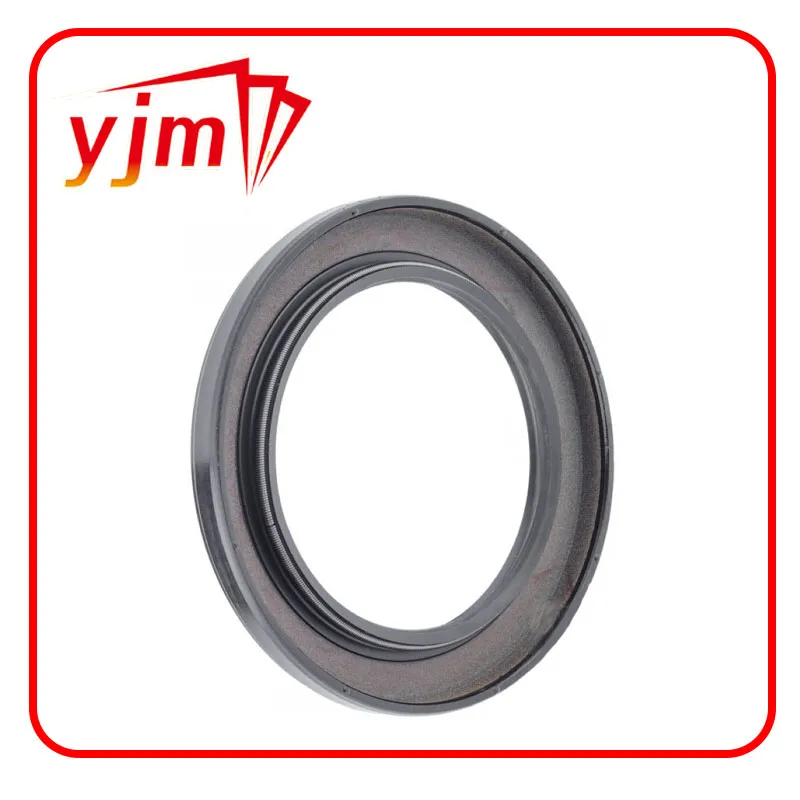O-Rings Designed for Superior Oil Resistance and Durability in Various Applications
Understanding Oil Resistant O-Rings Their Importance and Applications
O-rings are simple yet vital components used across various industries for sealing applications. Among the many types available, oil resistant O-rings are particularly essential, given their ability to withstand harsh chemical environments that involve petroleum-based fluids. This article delves into the characteristics, advantages, and applications of oil resistant O-rings, providing a comprehensive overview of their significance in modern engineering.
What Are O-Rings?
An O-ring is a mechanical gasket in the shape of a torus. It is usually made from elastomeric materials and is designed to be seated in a groove on a stationary or moving component, creating a seal at the interface. When pressure is applied, the O-ring is compressed, forming a tight barrier that prevents fluid leakage. O-rings are widely used due to their simplicity, effectiveness, and low cost.
The Need for Oil Resistance
In various applications, O-rings are exposed to oils and other aggressive substances. Regular elastomers may degrade or swell when in contact with these oils, leading to loss of sealing performance and premature failure. This is where oil resistant O-rings come into play. Made from specialized materials, these O-rings ensure longevity and reliable sealing performance even in oil-rich environments.
Materials Used
Oil resistant O-rings are typically made from materials that possess a high degree of chemical stability and durability. Some common materials include
1. Nitrile (NBR) Nitrile rubber is the most widely used material for oil resistant O-rings. It offers excellent resistance to petroleum oils, fuels, and other chemical products. It has good mechanical properties and is cost-effective, making it a popular choice for various applications.
2. Fluoroelastomer (FKM) For more demanding applications that involve higher temperatures and harsh chemicals, fluoroelastomers are utilized. They exhibit superior resistance to oils and solvents, making them suitable for specialized machinery and automotive applications.
3. Polyurethane (AU) This material combines the elasticity of rubber with the durability of plastics. Oil resistant O-rings made from polyurethane possess high wear resistance and are ideal for dynamic applications.
oil resistant o ring

Advantages of Oil Resistant O-Rings
1. Enhanced Longevity The primary advantage of using oil resistant O-rings is their ability to resist degradation, resulting in prolonged service life. This reduces the frequency of maintenance and replacement.
2. Superior Sealing Performance These O-rings provide effective sealing against oil leakage, ensuring the reliability of machinery and equipment. A well-functioning seal prevents potential damage and safety hazards associated with fluid leaks.
3. Versatility Oil resistant O-rings can be used in various applications, from automotive engines to industrial machinery and hydraulic systems. Their adaptability makes them essential in many sectors.
4. Cost-Effectiveness While the initial cost of oil resistant O-rings may be higher than standard ones, the savings generated from reduced downtime and maintenance significantly outweigh the costs, making them a wise investment for businesses.
Applications
Oil resistant O-rings find widespread use in many applications, including
- Automotive Industry Engine components, fuel systems, and transmission systems rely on oil resistant O-rings to maintain fluid seals. - Hydraulics In hydraulic systems, seals must withstand high pressures and exposure to oils. - Aerospace The aerospace sector requires high-performance seals for various components to ensure safety and reliability. - Manufacturing Equipment Machinery in manufacturing processes often involves oil-based lubricants, necessitating reliable O-ring seals.
Conclusion
In conclusion, oil resistant O-rings play a crucial role in ensuring the performance and reliability of various systems exposed to petroleum-based fluids. By choosing the right materials and understanding their applications, engineers can effectively implement these O-rings to maximize operational efficiency, enhance safety, and reduce costs associated with maintenance and repairs. As industries continue to evolve, the demand for specialized components such as oil resistant O-rings will undoubtedly persist, safeguard efficient function in an oil-saturated world.
-
Understanding the Front Main Engine Seal: Purpose, Maintenance, and Installation
News Jul.29,2025
-
Understanding O-Rings and Seal Rings: Types, Applications, and Custom Solutions
News Jul.29,2025
-
Understanding Crankshaft Oil Seals: Rear Seals, Pulley Seals, and Their Role in Engine Integrity
News Jul.29,2025
-
The Importance of Front and Rear Crankshaft Seals in Engine Performance and Oil Management
News Jul.29,2025
-
Crank Oil Seals: Functions, Types, and Cost Considerations in Engine Maintenance
News Jul.29,2025
-
A Comprehensive Guide to O-Rings and Seals: Types, Materials, and Global Applications
News Jul.29,2025
-
Mastering Diesel and Performance Engine Maintenance: A Guide to Critical Oil Gaskets
News Jul.28,2025
Products categories















